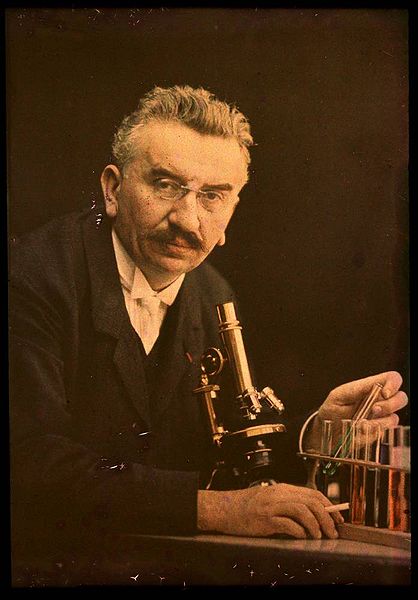The opening of “Godless Small Things,” Philip Ball’s excellent new Aeon essay about what the discovery of the microscopic world meant for theology:
“When the Dutch cloth merchant Antonie van Leeuwenhoek looked at a drop of pond water through his home-made microscope in the 1670s, he didn’t just see tiny ‘animals’ swimming in there. He saw a new world: too small for the eye to register yet teeming with invisible life. The implications were theological as much as they were scientific.
Invisibility comes in many forms, but smallness is the most concrete. Light ignores very tiny things rather as ocean waves ignore sand grains. During the 17th century, when the microscope was invented, the discovery of such objects posed a profound problem: if we humans were God’s ultimate purpose, why would he create anything that we couldn’t see?
The microworld was puzzling, but also wondrous and frightening. There was nothing especially new about the idea of invisible worlds and creatures — belief in immaterial spirits, angels and demons was still widespread. But their purpose was well understood: they were engaged in the Manichean struggle for our souls. If that left one uneasy in a universe where there was more than meets the eye, at least the moral agenda was clear.”

